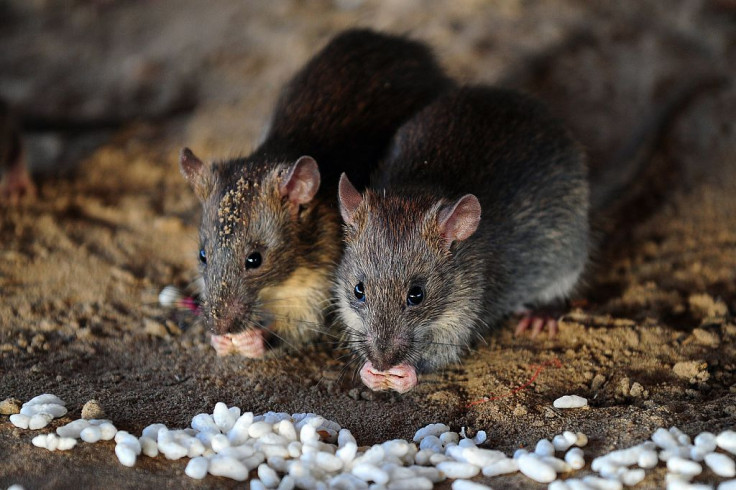Cities are making rats, bed bugs and mosquitoes evolve in potentially dangerous ways
Animal evolution is being influenced by cities in ways which could have potentially harmful consequences for humans.

Humans may be affecting animal evolution on an unprecedented scale as a result of widespread urbanisation, a new study has found.
"As we build cities, we have little understanding of how they are influencing organisms that live there," said Marc Johnson, a professor of biology at the University of Toronto Mississauga. "
"It's good news that some organisms are able to adapt, such as native species that have important ecological functions in the environment. But it can also be bad news that the ability of some of these organisms to adapt to our cities might increase the transmission of disease.
"Bedbugs, for example, were scarce two decades ago, but they've adapted to the insecticides used to keep them at bay and have exploded in abundance worldwide."
The new research, published in the journal Science, is the first to comprehensively review all existing studies which looked at how urbanisation is affecting evolution in animals. Johnson says the study is a "wake-up call for the public, governments and other scientists".
"Traditionally, we've thought about evolution as a long-term process driven by environmental pressures and the interactions between species," said Jason Munshi-South, from Fordham University. "But now there is a new driver that is rapidly changing many other species, which is how they interact with humans and our built environment. Humans and our cities are one of the most dominant forces of contemporary evolution now."
The new research raises questions about which native species will survive increasing urbanisation in the face of habitat loss and urban barriers such as roads and buildings. But it also touches on how those species that do survive will adapt and influence ecosystems and human beings, possibly in undesirable ways.
The study looked at mammals, plants, birds, amphibians, reptiles, insects and even viruses, finding signs of evolutionary impacts on species ranging from the common blackbird in Europe to the white-footed mice in North America, among many others.
In New York City, for example, white-footed mice populations living in various isolated parks have evolved in different ways in order to adapt to their local environment.
"We've created a novel ecosystem that no organism has ever seen before," Johnson said.
The researchers say we need to think more carefully about how we're affecting our environment when we build cities, as urbanization influences the evolution of species that could also affect our own lives. Many species, such as rats, cockroaches, pigeons and bedbugs have have come to depend on humans and proliferated as a consequence.
There are now mosquitoes that have adapted to live in London Underground Stations and no longer need to feed on blood to produce eggs or become dormant in the winter. These mosquitoes, which can now also be found in New York, Chicago and Los Angeles, can carry harmful diseases.
Johnson and Munshi-South advise that city planners need to be more aware of the impact on native species and consider methods to conserve animal habitats and mitigate the risks of disease-carrying pests proliferating.






